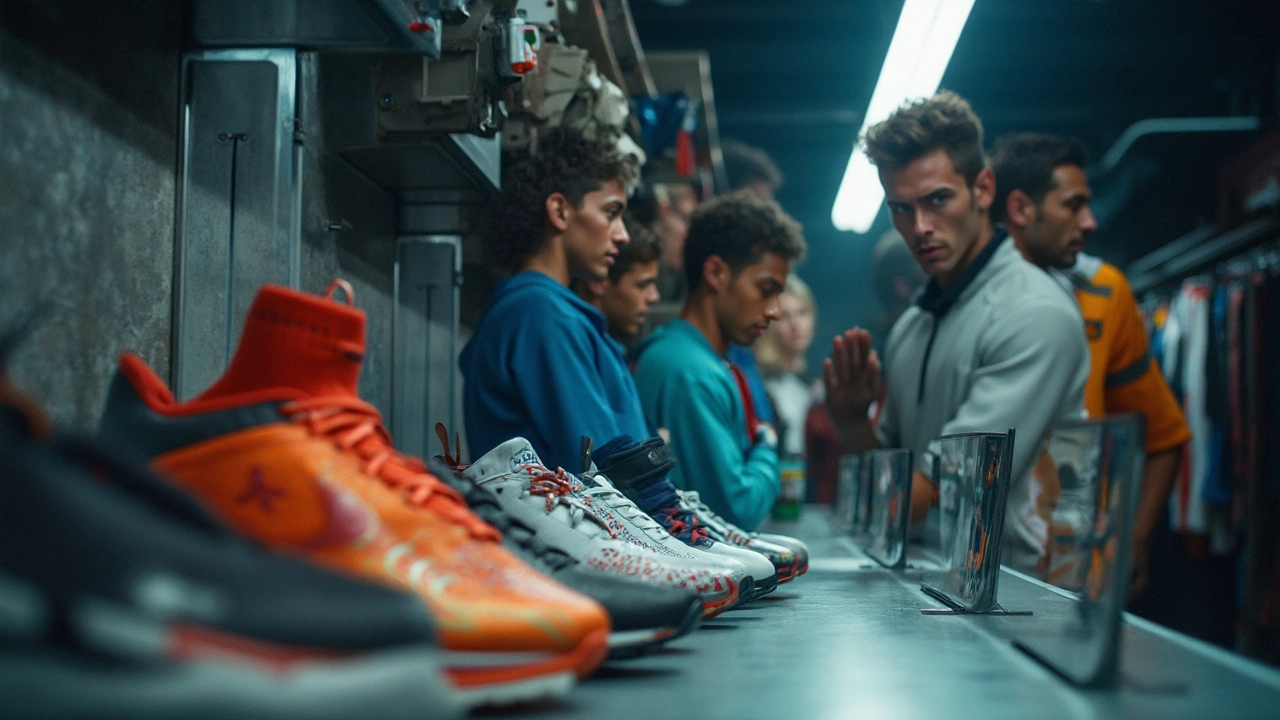
Shoes Guide – Reviews, Tips, and How to Pick the Right Pair
If you’re scrolling through our shoe tag, you probably want to know which kicks actually help you perform and which ones are just hype. Below you’ll find quick takeaways from our most read shoe articles, plus practical advice you can use right now.
What the experts say about popular running shoes
We’ve tested Asics and Hoka in separate deep‑dive pieces. The Asics review highlights its durable outsole, responsive cushioning and a fit that stays snug on narrow feet. Hoka, on the other hand, shines for long‑distance runners who crave plush cushioning without feeling heavy. Both brands score high on breathability, but Asics tends to be a better budget option, while Hoka often costs more for the extra foam.
Another common question is sizing. Our article on running shoes that are a half size too big explains that even a small amount of extra room can lead to heel slippage, blisters, and reduced energy return. The rule of thumb: you should have about a thumb‑width of space between your longest toe and the front of the shoe, and the heel should feel snug when you walk.
How to choose shoes for different sports
Every sport asks something different from your footwear. For the gym, the “Big 3” workout (squat, bench, deadlift) benefits from a stable, flat sole – think classic weight‑lifting shoes or low‑profile trainers. If you’re hitting the trail, look for aggressive lugs and rock‑solid toe protection; the best cycling routes article even suggests switching to clip‑less pedals for more efficiency.
When it comes to casual play like tennis or golf, grip matters more than cushioning. Our tennis scoring piece mentions “6 love” and how a stable base can improve your footwork during quick sprints. Golfers should check the shoe’s sole pattern – wider, softer spikes help maintain balance on uneven greens.
One size does not fit all, so we recommend trying the shoe on later in the day when your feet are slightly swollen. Walk around, hop, and make sure there’s no pinching. If you’re still unsure, our “Running Shoes a Half Size Too Big?” guide offers a simple test: stand on a piece of paper and trace your foot; the line should be close to the edge but not cross it.
Finally, keep your shoes in shape. The sports equipment maintenance article reminds us that regular cleaning and dry storage extend life and performance. A quick brush after each session and a dry spot away from direct sunlight keep the uppers breathable and the midsoles ready to spring.
With these tips in mind, you can browse our shoe tag confidently, knowing which articles to read for deeper insights and how to apply the advice to your own footwear decisions. Whether you’re lacing up for a marathon, a weekend gym session, or a friendly match, the right shoes can make the difference between a solid performance and a painful setback.
